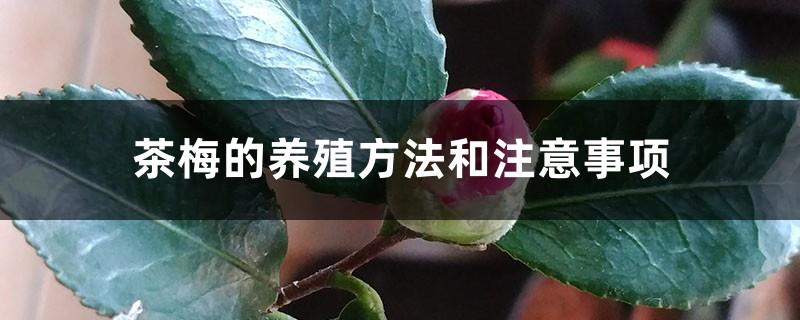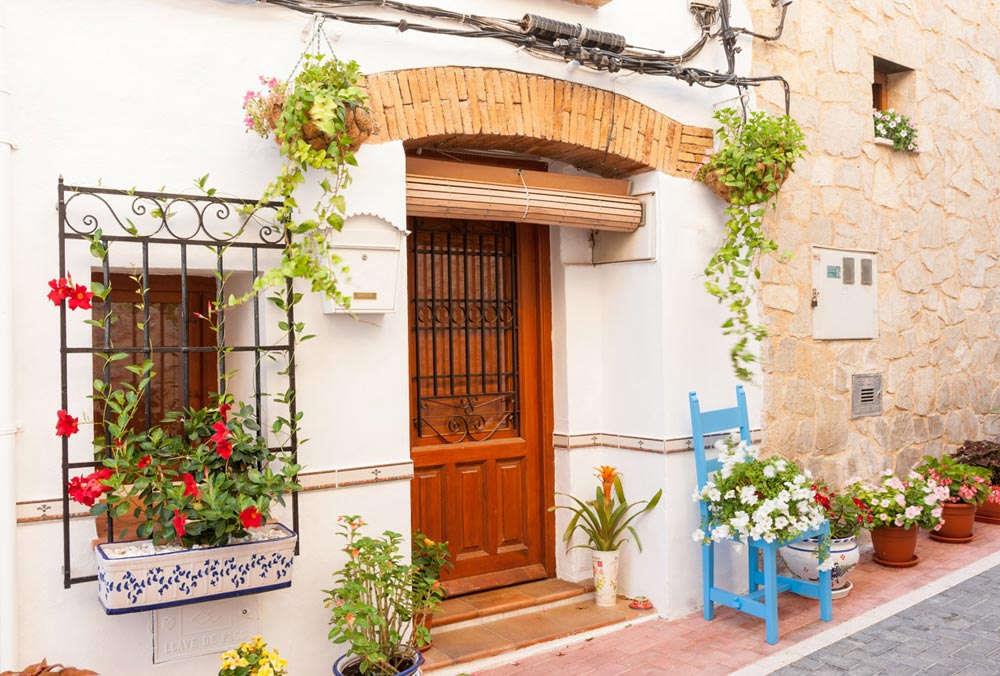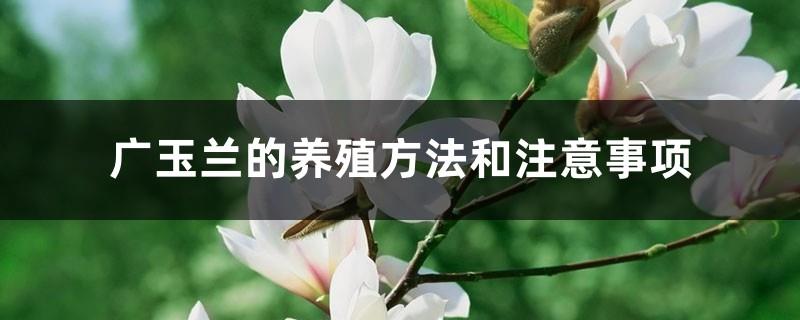Sasanqua cultivation methods and precautions
Last Update :2024.11.10
Article Catalog
Things to note when cultivating sasanquas
Light: Camellia sasanqua grows best in a half-shade and half-sun environment. Soil: Suitable for growing in loose, fertile, well-drained acidic sandy soil. Temperature: The most suitable growth temperature is 18℃-25℃. Watering: Watering must be done thoroughly, once a day in the morning and evening in summer, and once in several days in winter,

Breeding method
Cultivation methods
Light
Camellia sasanqua prefers shade by nature, so it is best to grow in a half-shade and half-sun environment.
The strong light in summer may burn its leaves and buds, causing the leaves to curl and fall off, but proper light is needed to promote the flowers to bloom and flourish.
Soil
Sasanaka is suitable for growing in acidic sandy soil that is loose, fertile and well-drained. Alkaline soil and clay are not suitable for growing sasanquas. It is best to grow in humus-rich soil. , moist and slightly acidic soil, with a pH value of 5.5-6 is best.
Temperature
Sasanas are cold-resistant, but potted plants generally should not be lower than minus 2℃. The most suitable growth temperature is 18℃-25℃.
Watering
Watering must be done thoroughly. In summer, water once a day in the morning and evening. In winter, it can be watered once every few days. In addition to winter, the leaves should be watered every few days. Spray water once on the surface to keep the leaf surface clean.
Fertilization
It is suitable to fertilize sasanquas lightly, especially in the seedling stage.
Generally, human urine can be applied 1 or 2 times from February to March to promote the growth of branches and leaves; cake fertilizer and water can be applied once from April to May to promote the differentiation of flower buds; and phosphate fertilizer can be applied once from September to October. , promotes good flowering and is also conducive to winter.

Precautions for camellia cultivation
Shade in midsummer
In midsummer, Camellia sasanqua should be shaded, avoid strong light exposure at noon, and be exposed to more sunlight in the morning and evening, which is beneficial to flower bud differentiation and flower bud development.
Keep warm in winter
In winter, sasanquas should be moved indoors for the winter, and in other seasons they can be maintained under a shade shed.
The room temperature in winter should not exceed 7℃, preferably 3℃-6℃.
Pot soil should be suitable
Potted sasanquas should choose culture soil that is loose, fertile, well-drained and slightly acidic.
In the north, it is appropriate to use culture soil mainly composed of leaf mold soil or peat soil.

Things to note when cultivating sasanquas
- END -
Daisy flower language

The flower language of daisies is innocence, hope, peace, pure beauty, and love hi...
Magnolia cultivation methods and precautions

Magnolia grandiflora, also known as Yang Magnolia, is an evergreen tree that reach...